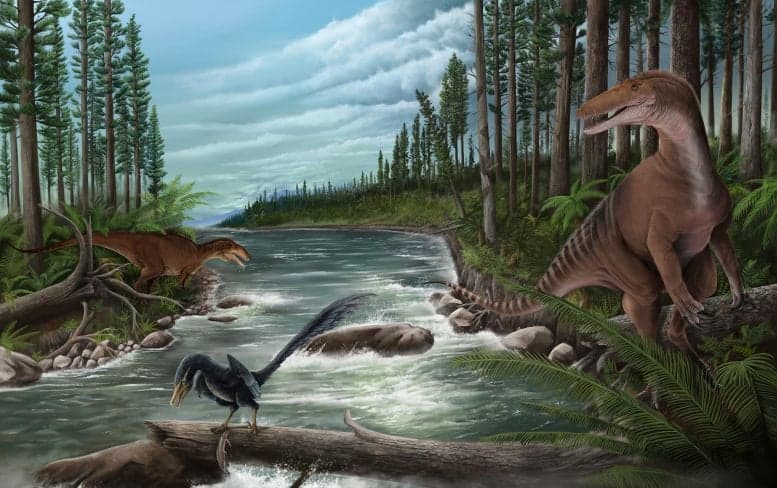The discovery of 120-million-year-old fossils along Australia’s coastline has sent shockwaves through the paleontological world, revealing an ancient ecosystem far more complex and unique than previously imagined.
These extraordinary fossils, including the world’s oldest known megaraptorid and the first-ever evidence of carcharodontosaurs in Australia, have turned our understanding of Cretaceous-era predator hierarchies on its head. While South America’s carcharodontosaurs reigned as apex predators, their Australian counterparts played a supporting role to the mighty megaraptorids, offering a fresh perspective on the evolutionary paths of dinosaurs.
This groundbreaking find not only enhances our knowledge of ancient Australia but also underscores the resilience and adaptability of prehistoric ecosystems in the face of global shifts. Dive into this fascinating story of discovery, where ancient bones reveal secrets of survival, adaptation, and the ever-changing narrative of our planet’s distant past.
Unearthing the Secrets of Cretaceous Australia

The discovery of 120-million-year-old fossils along Australia’s coastline has provided an extraordinary glimpse into a prehistoric world. These findings not only reshape our understanding of dinosaur evolution but also highlight the uniqueness of Australia’s Cretaceous ecosystems. The fossils, which include the world’s oldest known megaraptorid and the first evidence of carcharodontosaurs in Australia, have shifted the predator hierarchy we previously believed dominated this era.
Buried beneath Australia’s rugged coastline, a discovery 120 million years in the making has turned the world of dinosaur science upside down. What if the top predator of ancient Australia wasn’t the ferocious carcharodontosaur but an unexpected rival with razor-sharp claws?
These fossils were discovered along Victoria’s coastline by a dedicated team of researchers from the Museums Victoria Research Institute and Monash University. The study, led by PhD student Jake Kotevski, analyzed five theropod fossils from two distinct geological formations, revealing a diverse and complex ancient ecosystem.
A Discovery That Defies Expectations
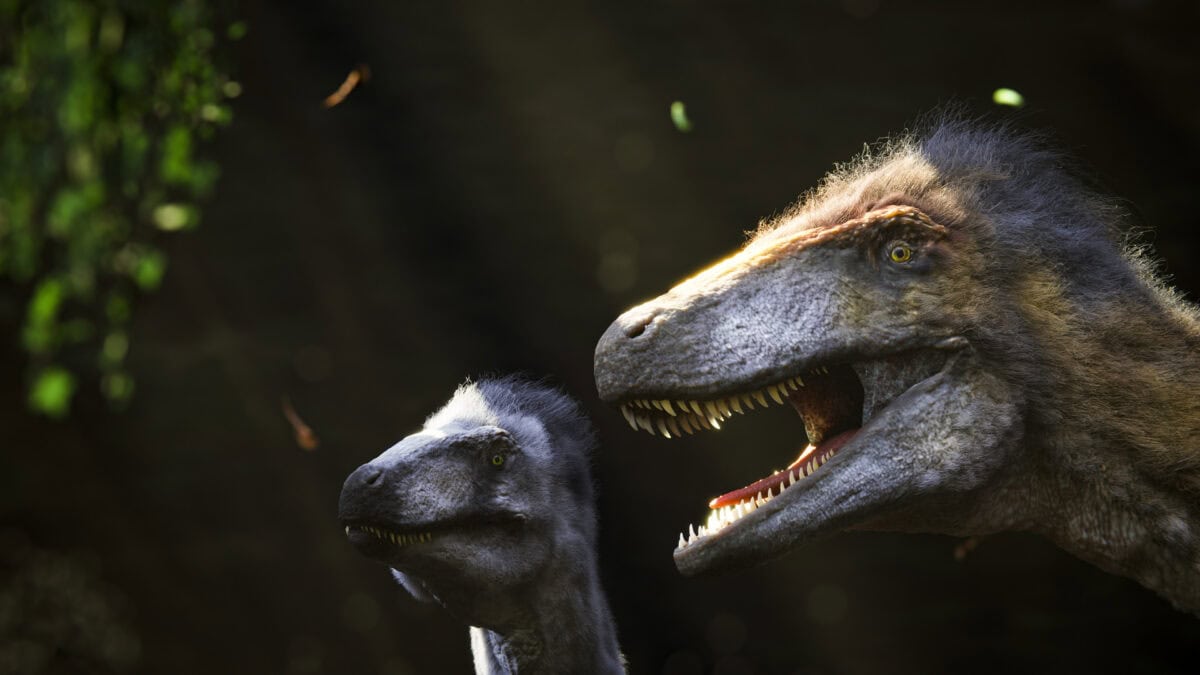
The research, published in the Journal of Vertebrate Paleontology, challenges previous assumptions about the dominance of dinosaur species during the Early Cretaceous period. Traditionally, South America’s massive carcharodontosaurs were seen as apex predators, towering over smaller megaraptorids. However, in Australia, the roles were reversed. Here, megaraptorids, which could reach up to seven meters in length, held the top predator position, while carcharodontosaurs remained smaller and less dominant.
This discovery underscores the diversity of dinosaur evolution and highlights how isolated ecosystems like Australia’s could develop entirely different predator-prey dynamics than those seen elsewhere on the planet.
Understanding the Predator Hierarchy of Ancient Australia
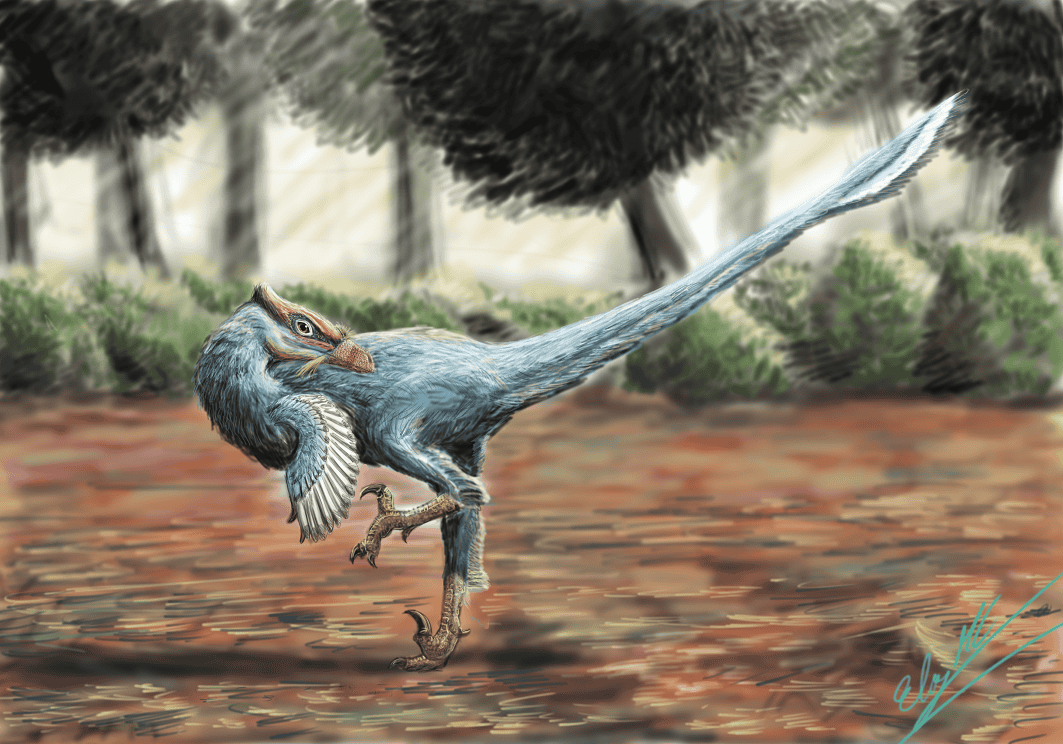
In Victoria’s ancient ecosystem, megaraptorids, carcharodontosaurs, and unenlagiines coexisted, each occupying a distinct ecological niche. Megaraptorids, with their large size and powerful build, dominated as apex predators. Carcharodontosaurs, which could grow up to four meters long, likely focused on smaller prey or scavenged remains. The swift, meter-long unenlagiines added another layer to this complex food web, showcasing a dynamic and balanced prehistoric ecosystem.
Megaraptorids: The Unexpected Apex Predators
Size comparison of the holotype specimen of Maip macrothorax with a human for reference. By SlvrHwk – Own work, CC BY-SA 4.0, https://commons.wikimedia.org/w/index.php?curid=11741864
The fossils included the oldest known megaraptorids, significantly expanding our understanding of this group’s evolutionary history. These formidable creatures were not only large but also displayed features that would have made them highly effective hunters, such as robust limbs and sharp claws. Unlike their South American counterparts, Australian megaraptorids evolved to dominate their environment, suggesting a unique adaptation to the available prey and competition.
The Role of Unenlagiines in the Ecosystem

Adding to the ecological tapestry were the unenlagiines, also known as ‘southern raptors.’ These smaller, meter-long theropods were swift and agile, likely preying on smaller animals and insects. Their presence alongside megaraptorids and carcharodontosaurs indicates a well-structured food web with distinct niches for each predator type.
The Geological Story: Strzelecki Group and Eumeralla Formation
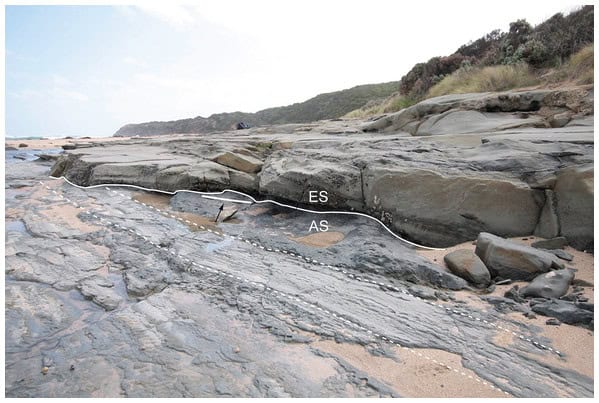
The fossils were excavated from two key geological formations along Victoria’s coastline: the upper Strzelecki Group and the Eumeralla Formation. These formations date back between 121 and 108 million years and provide a detailed record of life during the Early Cretaceous period.
Volunteers at the Heart of Discovery

Among the team of researchers, volunteer Melissa Lowery played a significant role in uncovering three of the fossils. Her contributions highlight how community involvement is critical to paleontological research. The collaboration between professional scientists and dedicated volunteers continues to advance our understanding of prehistoric life.
A Multigenerational Effort in Paleontology
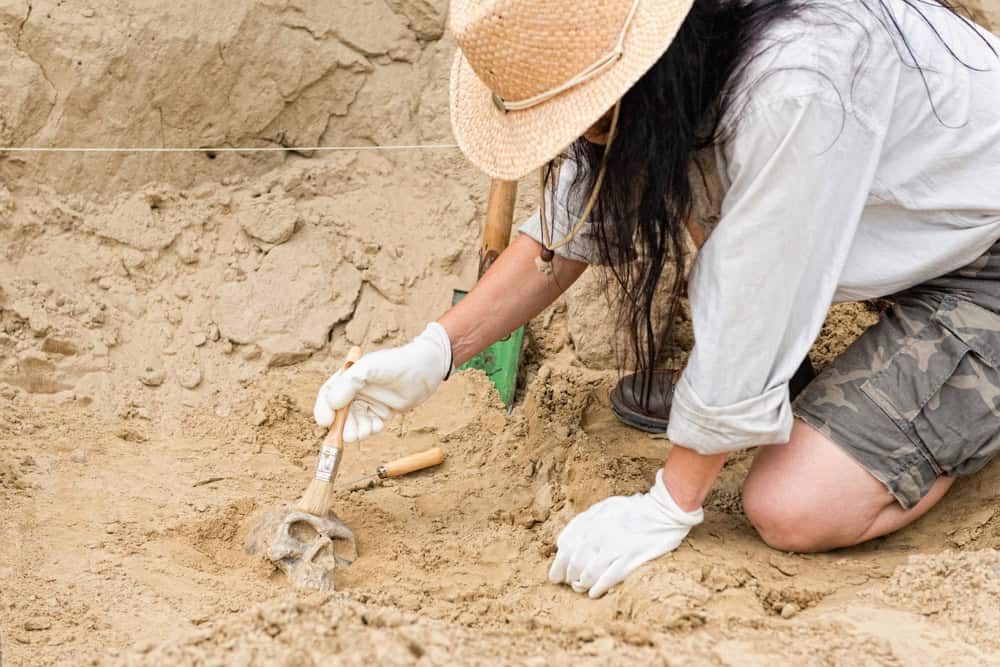
This discovery is a testament to the collective efforts of scientists across generations. From veteran paleontologists like Dr. Thomas Rich to emerging researchers like PhD student Jake Kotevski, the project highlights how long-term collaboration can lead to groundbreaking discoveries.
Conclusion: Redefining Prehistoric Australia

This discovery doesn’t just add a chapter to Australia’s prehistoric story—it rewrites the whole book. With each fossil unearthed, our understanding of evolution and ancient ecosystems becomes more vivid and complex. And who knows what other secrets still lie beneath Australia’s ancient sands, waiting to challenge everything we thought we knew?
Which of these ancient predators surprises you the most? Tell us in the comments! Share this article if you know someone who loves dinosaurs as much as we do!
- Elephant Says Thank You After the Herd Crosses the Road - August 15, 2025
- The African Penguin’s Struggle for Survival - August 15, 2025
- Watch Viral Video: Trophy Hunter Attacked by Lion’s Brother – Real or Not? - August 14, 2025

